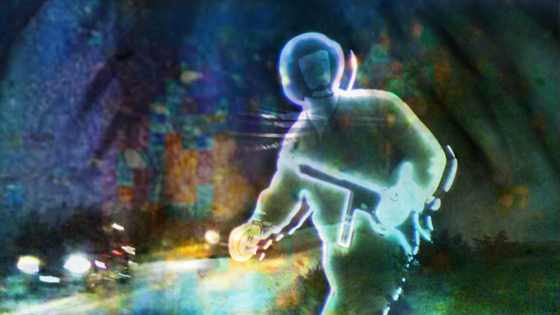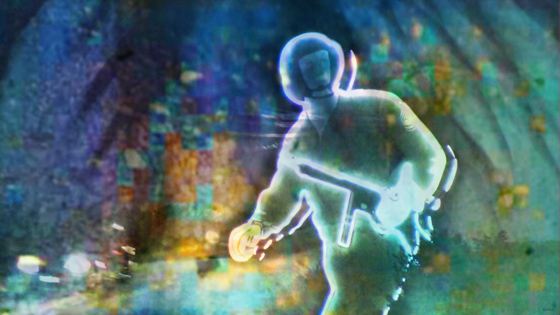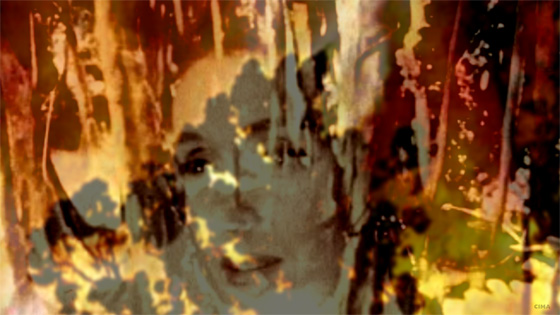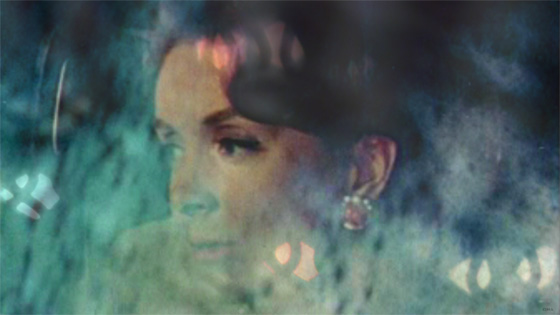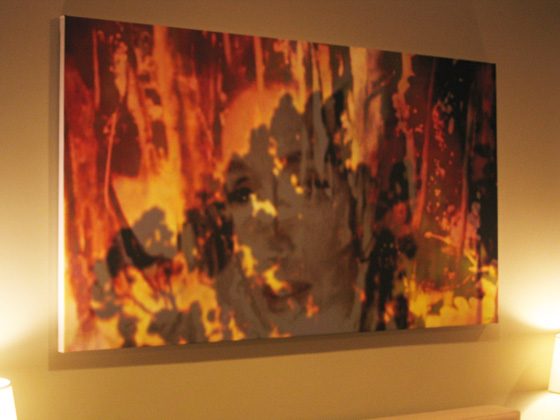Marc Campbell posted this 1999 film called Outer Space by Australian avant-garde filmmaker Peter Tscherassky. Using found footage from something featuring actress Barbara Hershey, Tscherassky creates a jumping and jittering psychotic version of a haunted house movie. The simplest of shots showing a woman entering a house, sitting down, looking into a mirror, looking out a window, are turned into extravagant, multi-layered cubist visions from a nightmare.
Tag Archives: Film
Can a Video Game be Art?
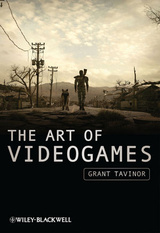 Here’s a relatively uninteresting article by Grant Tavinor called Video Games and the Philosophy of Art. Can video games be art? I don’t know. Can a tree be art? Can a car be art? Can a rear end be art? Certainly, under certain circumstances they can all be art. But forgive my asking why do people spend so much time discussing a question that is equivalent to, ‘Can a hairbrush be art?’
Here’s a relatively uninteresting article by Grant Tavinor called Video Games and the Philosophy of Art. Can video games be art? I don’t know. Can a tree be art? Can a car be art? Can a rear end be art? Certainly, under certain circumstances they can all be art. But forgive my asking why do people spend so much time discussing a question that is equivalent to, ‘Can a hairbrush be art?’
In most cases I think a video game can only be art because of the player. Any video game, no matter how crappy, can be art in the hands of… well… an artist. Artists make art. If you ain’t an artist you can’t get no art. An artist can load up a copy of Grand Theft Auto on their Xbox 360 and walk into that gigantic world of violence and stand perfect still on a virtual street corner doing nothing but stare at a lamp post for days on end and turn that video game into art. It’s magic. Not theory. Magic. You know it when you see it.
Here’s a film with my own use of a video game as art. Well, I think it’s art, but you may think it’s idiotic. Check it out. You’ll know it when you see it. It contains extreme violence and nudity (just like video games!). It’s intended for an adult audience. There’s my disclaimer. Here’s the film.
Art: Don’t Turn Back (Two Versions)
Don’t Turn Back (Final Version)
Don’t Turn Back (First Version)
Here’s the little art problem I’ve been working on for the past few weeks. It’s one of those things where I have no theory or rule to fall back on in order to make the decision. Aside from some small touches like removing the Sergeant stripes from the figure’s shoulder, I was mainly trying to decide whether the right side of the image should be dark or light. Ultimately, after scrutinizing the picture from a distance time after time, I decided that it was more dramatic if it depicted a night scene and if the figure was moving away from a more painterly zone toward a more digitized one. I also made the road on the left a little more defined. But canvas isn’t that expensive and I might just decide to hang both versions right next to each other in a gallery.
My own favorite part of the picture is right around the figure’s legs where you can see through to the landscape with that slight glow on the ground and how the shrubbery overlaps the neon line of the leg. The image is about fear. It is also connected directly to Jean Cocteau and the myth of Orpheus. The figure looking back is from a single frame of video I shot of a store sign while walking along Hollywood Boulevard at night. The road is a sharp bend in Laurel Canyon Boulevard near Mulholland Drive above Los Angeles that I shot through a windshield. The background landscape is a shoreline I shot from a moving car near Rehoboth Beach, Delaware. The dark palm fronds hanging down are from some throw-away footage I shot in high winds. The pixelation is the product of blowing up a frame of a digital copy of decomposed celluloid film until the digital artifacts became pronounced. I made all of these things individual layers and then went in with a digital pen and worked on a trial and error basis to make things come out the way they did. What is interesting to me about making such an image is how I begin with an initial image – the glowing figure – and shuffle parts of other images on top of and underneath it to build a new image. It requires an extreme confidence that you will know what you need exactly when you see it. So you start going through piles of video or photos both on screen and in your head and pull out the pieces that snap into place for a new picture. It’s like walking up to a leaf on a tree and taking it as the basis for a painting. You know that from the leaf you will be able to connect to other things and end up with exactly the right final result.
This print measures 68″ x 38″. It’s an original work created from elements used in my film Yellow Plastic Raygun.
Film: From a Land of Ashes and Mist
From an Italian master of short film memory, Fabio Scacchioli, comes this beautiful 23-minute work that expresses the illusion of solid permanence and the heroic attempt to build a reality based on fragments of memory. Even found memories and images can become part of one’s own person. This fleeting and subtle idea becomes more discernible as the film progresses. The impressive imagery revolves around the recent earthquake in L’Aquila, Italy and compares the desolation of a town reduced to rubble with the lives that once literally danced through home movies. It is a film about looking for ghosts.
Art: Don’t Turn Back
Don’t Turn Back
This is my next large canvas print. I’ve been making original artist prints through a gallery in Los Angeles. They measure 68″ x 38″. They are original works created from images used in my film Yellow Plastic Raygun. They are not exact frames from the film, but rather artworks based on segments of the film.
Art: Digital Prints on Canvas
I Was Thinking
I’ve been making large original artist prints of these images through a gallery in Los Angeles. They measure 68″ x 38″. They are original works created from images used in my film Yellow Plastic Raygun. They are not exact frames from the film, but rather artworks based on fragments of the film. I make the film, then I mine it for artworks that will stand on their own. So the film becomes a sort of a paintbox or a scrapbox that I dig through and manipulate. I could go on working like this forever. It’s an endless trove to explore.
Wave Rider
I Was Thinking hanging on a wall:
